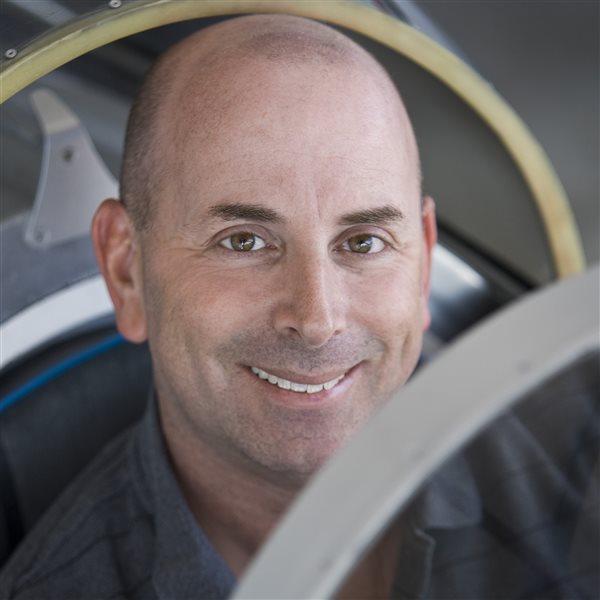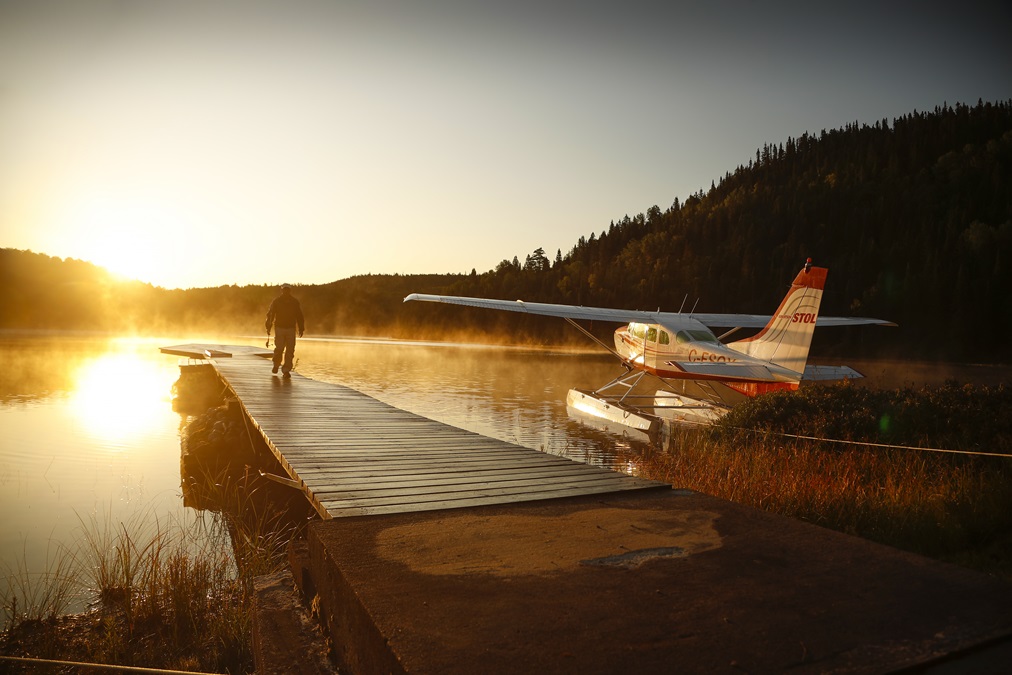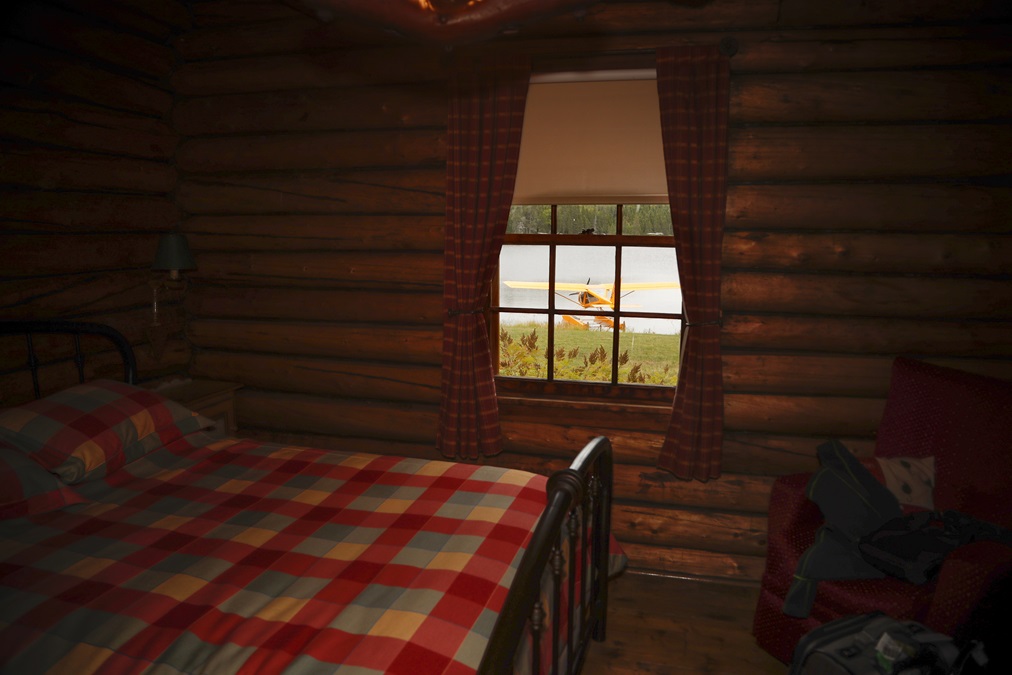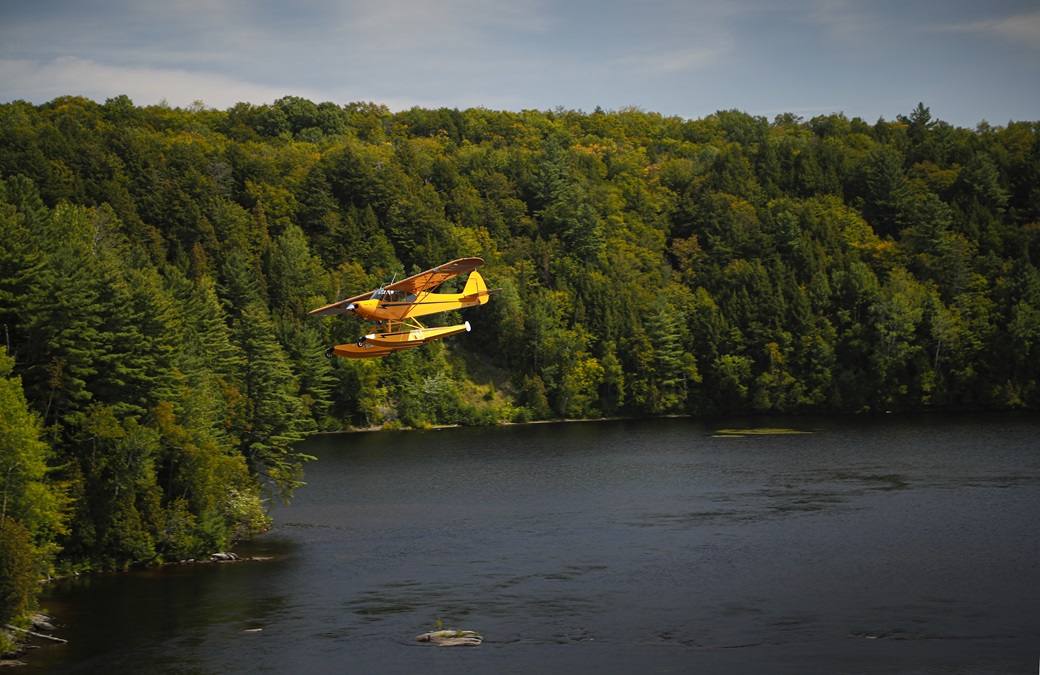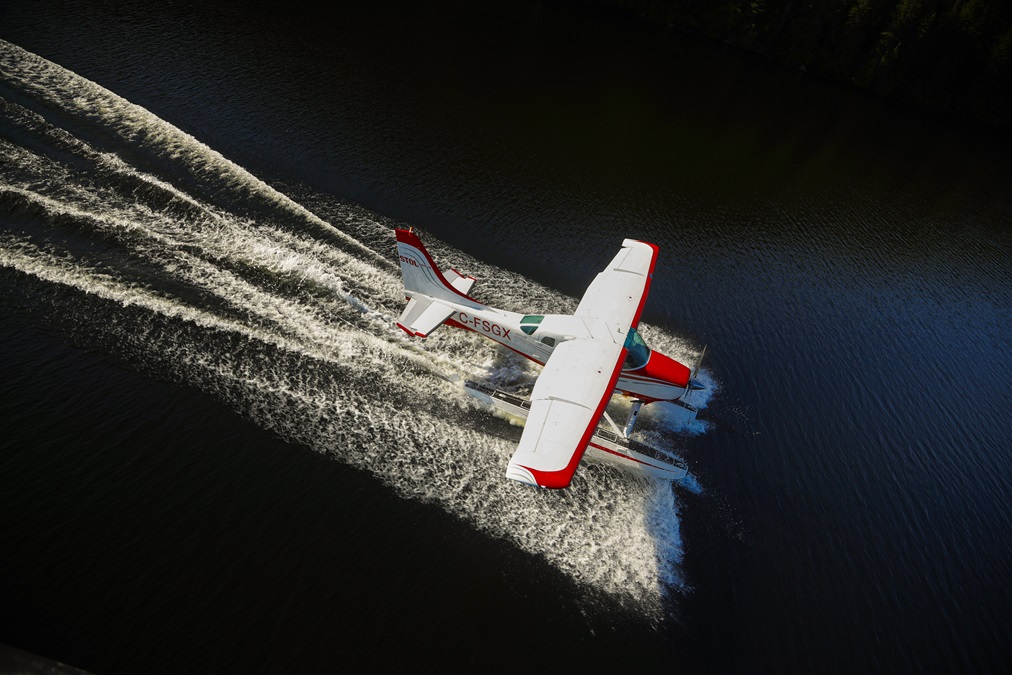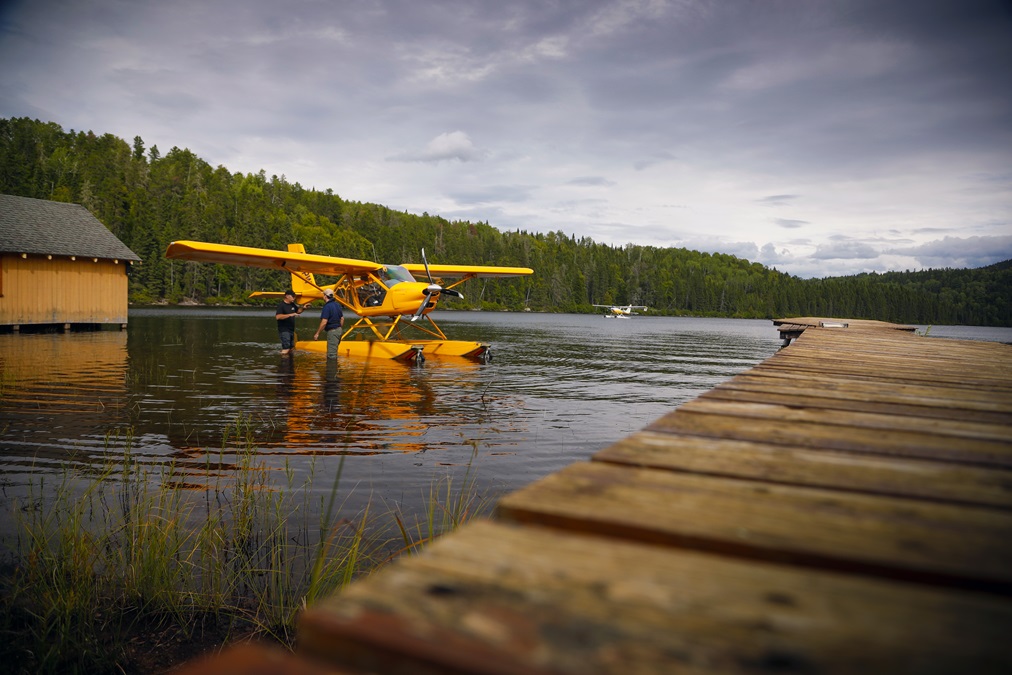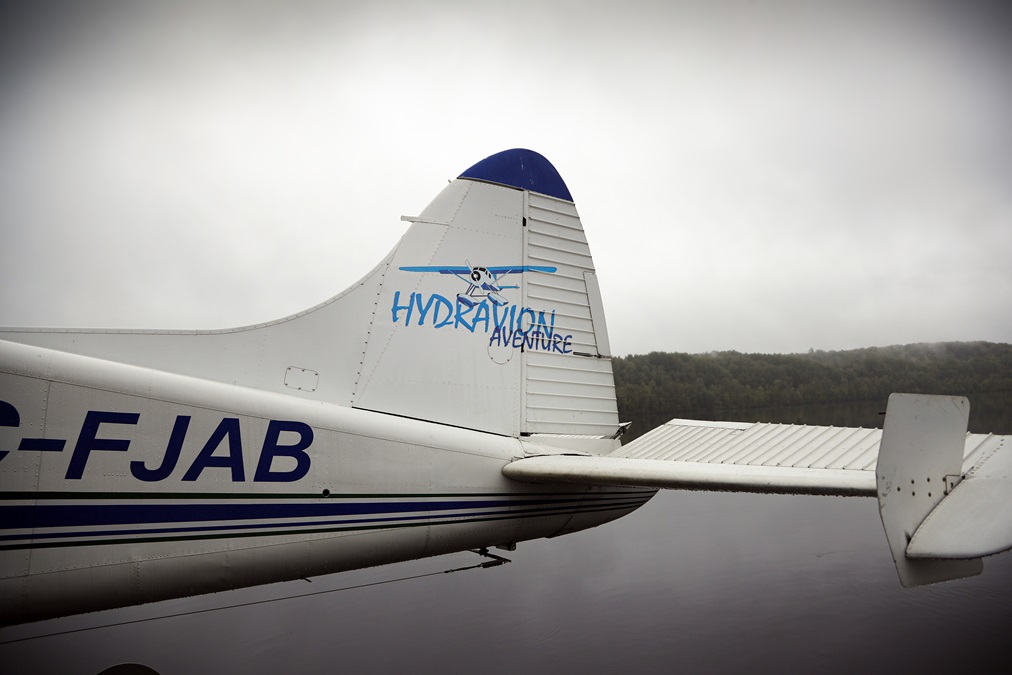Close yet exotic
Seaplanes to Quebec
Alain Priem was married with a young son and daughter then, and his expected career path would have led to a defense firm, or an airline cockpit, or a corporate flight department. But Priem had an outlandish, totally impractical, fanciful notion to keep flying that simply wouldn’t go away.
“I dreamed of becoming a bush pilot in Canada,” said Priem, 57, founder of Hydravion Aventure, a seaplane operation in Quebec that flies a dozen airplanes from a water base halfway between Montreal and Quebec City. “It didn’t make any sense. I had never flown a seaplane, or a radial engine, and I had no formal training in business or marketing. But I knew that going to work at a big company wasn’t for me. I had to do something totally different.”
Priem traveled to British Columbia where he was introduced to the art of seaplane, tailwheel, and mountain flying in low-and-slow piston airplanes. Then he uprooted his family in 2001 and moved to Trois-Rivières, a city on the southern edge of a vast wilderness area in Quebec, the French-speaking province that borders parts of New York, Vermont, New Hampshire, and Maine.
The Priems obtained a bank loan to start their business with a Cessna 206 on floats and a piece of land on the Saint-Maurice River. They began offering scenic rides and seaplane flight instruction. Alain shuttled guests between hunting and fishing lodges throughout the region, and the couple set up a downtown seaplane base in Montreal where they move passengers to and from the big city. Now, they’ve added clients that include oil and mining companies, wildlife biologists, and snowmobilers who want fuel dropped at remote locations in the “way north” Canadian arctic.
The Priems’ fleet includes a de Havilland DHC–2 Beaver that shifts between floats and skis with the seasons; four Cessna 180s; a 206; two Piper J–3 Cubs for flight training; a Stearman PT–17 that stays on wheels; and a Robinson R44 helicopter.
“The Beaver is my favorite, of course,” Alain said. “But the 180 is a good airplane, too. That’s why we have four of them.”
hydravion aventure




The Beaver is totally stock, inside and out. The perfect 180 for Canada has wing tip extensions, long-range fuel, Edo metal floats, and a Robertson STOL package for short takeoffs and landings.
The Priems have expanded Hydravion’s home base to include a modern, four-guestroom bed and breakfast, which wife Laure designed and runs with French flair. Aviation themes include walls with enlarged de Havilland blueprints superimposed on them, propeller fans, and historical flying photos.
Hydravion is well known in Canada and moreso in France, but not in the United States. French general aviation pilots come during the warm months because seaplane flying is highly restricted in Europe, and the variety of water flying available in southern Quebec is extraordinary. There are about 500,000 lakes in Canada’s second-largest province, and waterways range from bustling downtown Montreal; to tree-lined rivers in deep valleys; to rock-rimmed, windblown troughs on the Canadian shield.
Hydravion’s seasonal crew of pilots goes from two during the winter to eight in the busy summer—and Priem insists on training each of them himself.
“I’ve flown more than 9,000 hours in bush planes since moving to Canada,” he said. “There’s a lot to learn about flying on and off the water that goes far beyond obtaining the rating itself.”
Priem is thoughtful and intense but also quick to laugh and offer well-earned compliments. Standing on a dock, he listens intently as the far-away sound of the Beaver’s Pratt & Whitney R-985 engine goes from an idle, taxiing rumble to a pretakeoff roar with one of his new pilots at the controls.
“He added the power slowly during the takeoff, and that’s exactly what I had asked my pilots to do,” Priem said. “He’s learning well.”
Priem taught his son and daughter to fly, although they haven’t followed in his professional footsteps. “Our son’s an engineer, and our daughter just became a medical doctor,” he said. “They’ve got busy lives of their own, and they’re both pilots and they’ve both flown with me all over the country. Those are memories I treasure.”
'I never tire of it'
Flying to Hydravion’s “hydro base” for the first time in an amphibious Piper PA–18 Super Cub, I’m joined by two Maine pilots in their own amphibs: Mark Robidoux in an Aeroprakt A–22 and John Willard in a Glastar. Our VFR border crossing into Canada is relatively uneventful. We’re on ATC radar with flight following from Boston Center to Montreal Center. Then we drop in at nontowered Saint-Georges Airport (CYSG) to notify Nav Canada by phone that we’re in their country—but that takes a full hour on hold (30 minutes for me, followed by 30 minutes for Robidoux because the customs officer won’t allow me to hand over the phone to him). Then, finally, we’re on our way to Hydravion about 100 nautical miles west.
We cross the Saint Lawrence River, then spot Hydravion (CHA2) at a bend in the river between two dams, right where ForeFlight showed it would be. One of the company’s Cessna 180s is touching down on the water as we pass overhead, and that shows us the proper way to fly the approach to the river and a clear path to the dock. Light winds and a slack current make those tasks particularly simple.
My French language skills aren’t poor—they’re nonexistent. But the Priems and their largely bilingual staff make communication easy and fun. And where words fail, hand gestures and pantomime fill in remarkably well.
Flying quebec


For the next two days, Alain plans to lead us to large and small lodges on remote lakes and rivers, and he offers to take us whale watching where the Saint Lawrence River meets the Atlantic Ocean.
“There are so many interesting places to fly here, I never tire of it.”
'Way north'
Low clouds and rain keep our airplanes tied to the dock the next morning, but an afternoon break in the clouds allows us to fly north to some of the remote lakes and rivers so easily accessible by seaplane.
As you fly north, roads and trails become progressively fewer until there are none at all.
“In the way north, you feel very small and very exposed,” Alain said. “The trees get smaller and then they completely disappear. There’s nothing but rock and ice as far as you can see in any direction.”
Particularly treacherous
An approaching cold front with forecasts calling for a couple days of adverse weather convince us to return to the United States early—and this time there’s a wrinkle in my border crossing.
The eAPIS filing went fine, and so did the telephone notification of our arrival at Jackman, Maine (59B). But flying along in clear air at 7,500 feet, I heard the electric pump that raises and lowers the Super Cub’s electro-hydraulic landing gear running continuously(and saw an annunciator light). That was a problem, most likely a hydraulic leak that was preventing the closed system from building enough pressure to automatically shut off the pump.
I put the landing gear handle in the down position, but the wheels stayed up, mostly.
“Your right main landing gear is down,” Robidoux told me by radio. “But the left side is still up.”
I tried manually pumping the landing gear down without success. Then I manually raised them with a hand pump, and I was relieved to see the blue lights on the instrument panel confirm the wheels were up and locked. That’s where they’d stay—for the rest of the flight. I pulled the circuit breaker to stop the electric motor and knew that my next landing had to be in a lake. Fortunately, we were headed to one of the few U.S. border crossing stations that could accommodate seaplanes making water landings. Jackman has a customs dock at Moose Lake (60B) for airplanes that can’t use the hard-surface runway.
As soon as I was in radio range, I called the unicom frequency at Jackman to let them know I was headed to the water, but no one answered. Finally, I overflew the runway at Jackman, circled the dock a short distance away, then splashed down and water taxied to the dock.
The water taxi and docking turned out to be particularly treacherous because of extremely shallow water, a narrow river, and a tailwind. But I was thankful and relieved to clear customs without causing an international incident.
I had taken pains to get my paperwork in order—including an obscure, expensive, and probably needless FCC radio license, but neither the Canadians nor Americans were even slightly interested in it. The U.S. inspector focused on the border crossing sticker and passport. Robidoux and Willard landed on the hard-surface runway and they cleared customs without incident.
For the next couple of days, as we flew around central Maine, we’d commonly hear pilots speaking French on unicom frequencies at airports in nearby Quebec.
“There are so many fun places to fly in Maine that I seldom think about what’s just across the border in Canada,” Robidoux said. “Quebec is so close and yet the French language and geography make it feel exotic. I’m definitely going back.”
Email [email protected]
